You are here
Please respect the outdoors by practicing Leave No Trace. Learn more about how to apply the principles of Leave No Trace on your next outdoor adventure here.
Mount St. Helens National Monument
Pets allowed: Not Allowed
Elevation Gain: 2,060.00 ft (627.89 m)
Trail type: Loop
Distance: 16.20 mi (26.07 km)
Elevation Gain: 2,060.00 ft (627.89 m)
Trail type: Loop
Distance: 16.20 mi (26.07 km)
Eastern North Cascades + Lake Chelan, Washington
Pets allowed: Allowed
Elevation Gain: 8,089.00 ft (2,465.53 m)
Trail type: Loop
Distance: 27.00 mi (43.45 km)
Elevation Gain: 8,089.00 ft (2,465.53 m)
Trail type: Loop
Distance: 27.00 mi (43.45 km)
North Cascades National Park
Pets allowed: Not Allowed
Elevation Gain: 3,792.00 ft (1,155.80 m)
Trail type: There-and-back
Distance: 10.60 mi (17.06 km)
Elevation Gain: 3,792.00 ft (1,155.80 m)
Trail type: There-and-back
Distance: 10.60 mi (17.06 km)
Alpine Lakes Wilderness, Washington
Pets allowed: Allowed
Elevation Gain: 3,000.00 ft (914.40 m)
Trail type: There-and-back
Distance: 10.00 mi (16.09 km)
Elevation Gain: 3,000.00 ft (914.40 m)
Trail type: There-and-back
Distance: 10.00 mi (16.09 km)
Mount Baker-Snoqualmie National Forest
Pets allowed: Allowed
Elevation Gain: 1,900.00 ft (579.12 m)
Trail type: There-and-back
Distance: 14.00 mi (22.53 km)
Elevation Gain: 1,900.00 ft (579.12 m)
Trail type: There-and-back
Distance: 14.00 mi (22.53 km)
Olympic National Park
Pets allowed: Not Allowed
Elevation Gain: 4,800.00 ft (1,463.04 m)
Trail type: There-and-back
Distance: 40.00 mi (64.37 km)
Elevation Gain: 4,800.00 ft (1,463.04 m)
Trail type: There-and-back
Distance: 40.00 mi (64.37 km)
Mount Baker-Snoqualmie National Forest
Pets allowed: Allowed
Elevation Gain: 5,654.00 ft (1,723.34 m)
Trail type: There-and-back
Distance: 13.60 mi (21.89 km)
Elevation Gain: 5,654.00 ft (1,723.34 m)
Trail type: There-and-back
Distance: 13.60 mi (21.89 km)
Alpine Lakes Wilderness, Washington
Pets allowed: Not Allowed
Elevation Gain: 4,320.00 ft (1,316.74 m)
Trail type: There-and-back
Distance: 14.80 mi (23.82 km)
Elevation Gain: 4,320.00 ft (1,316.74 m)
Trail type: There-and-back
Distance: 14.80 mi (23.82 km)

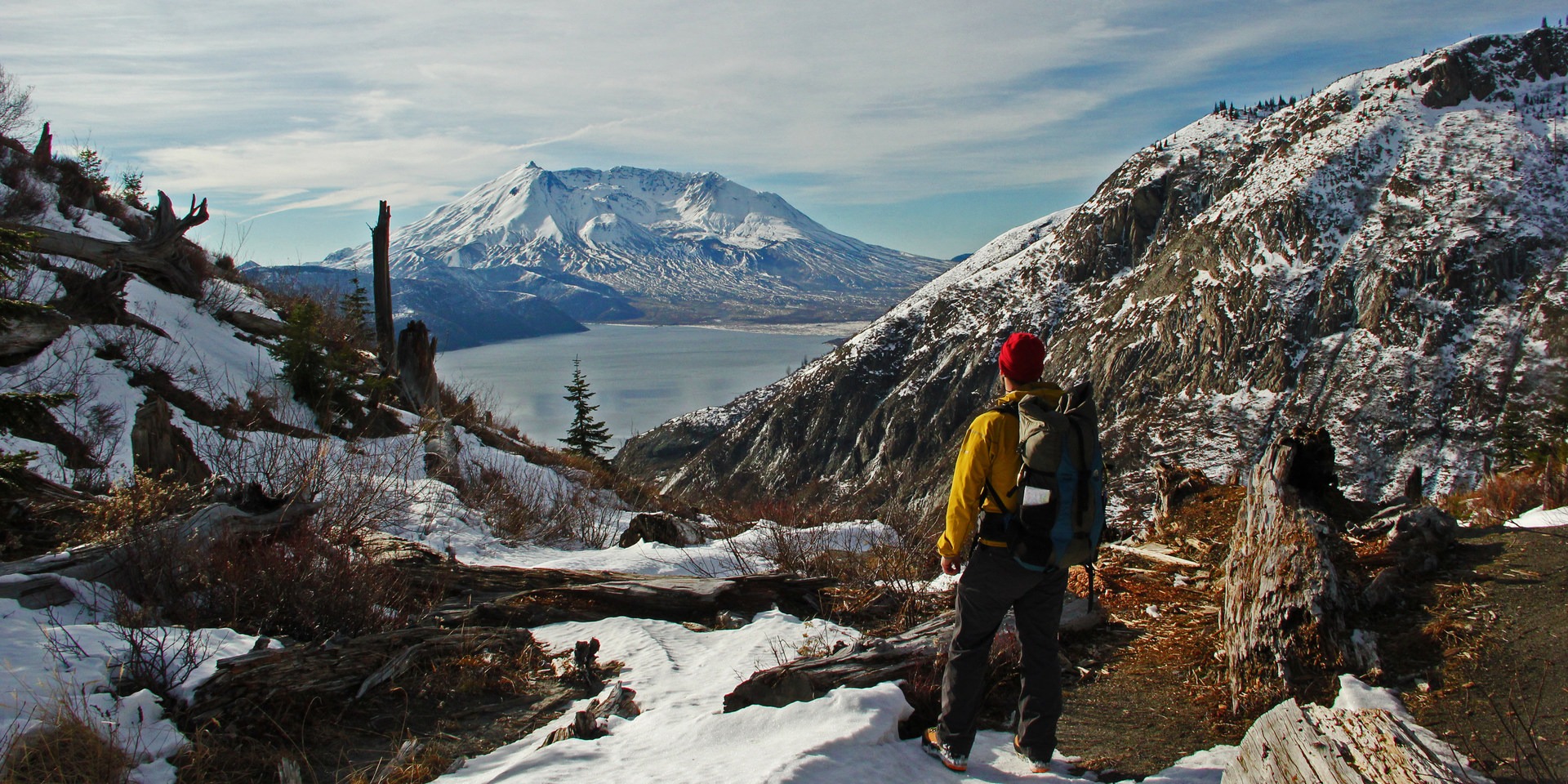
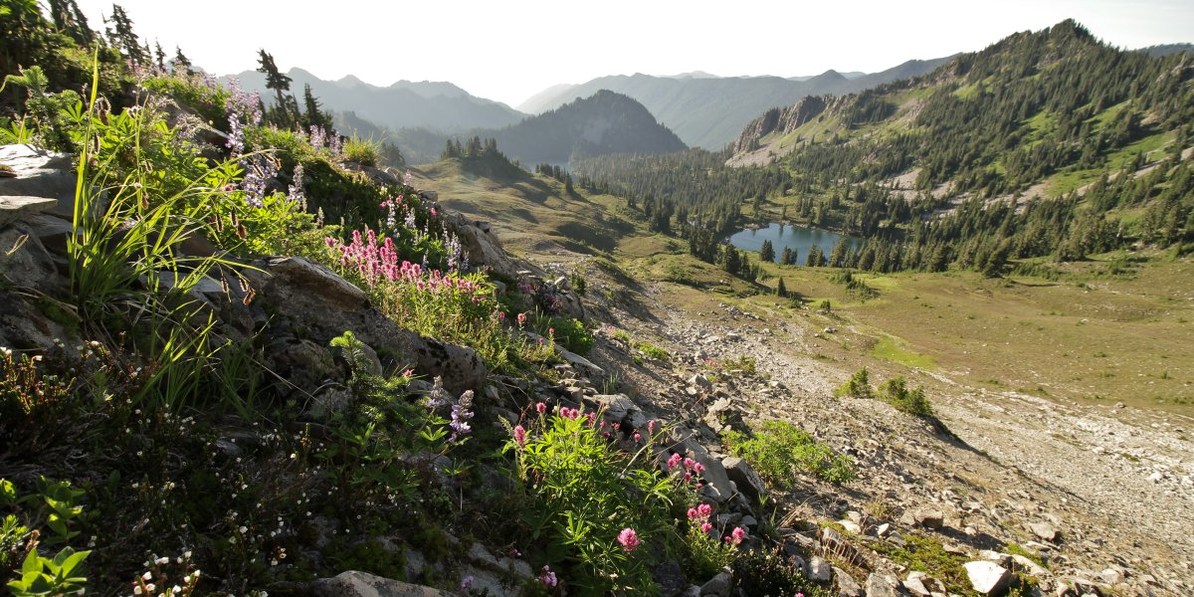
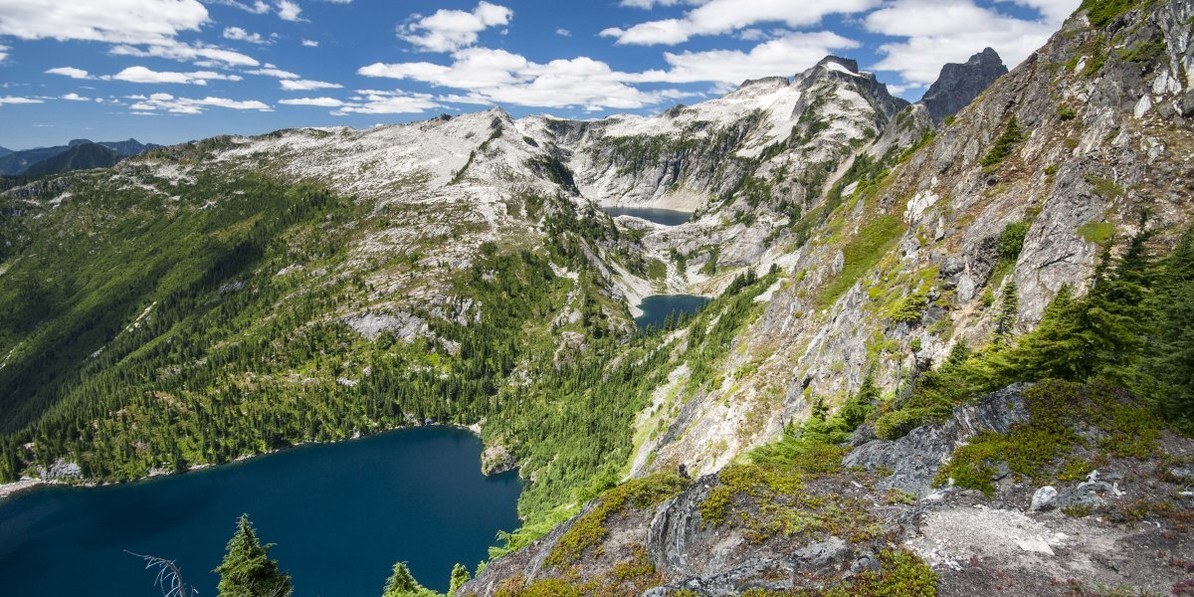

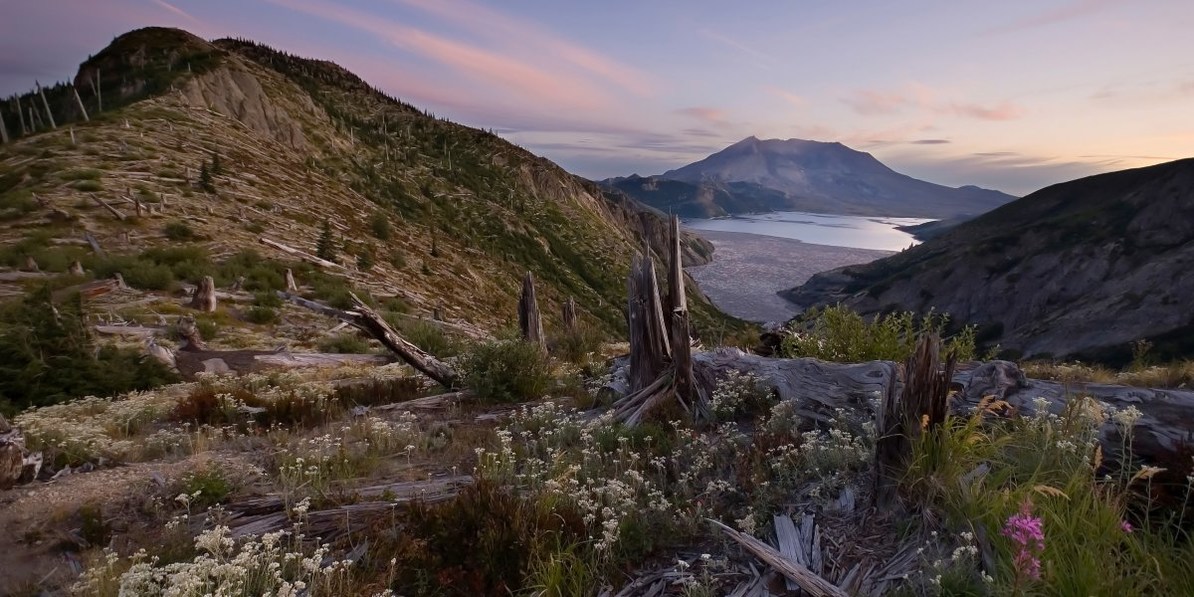
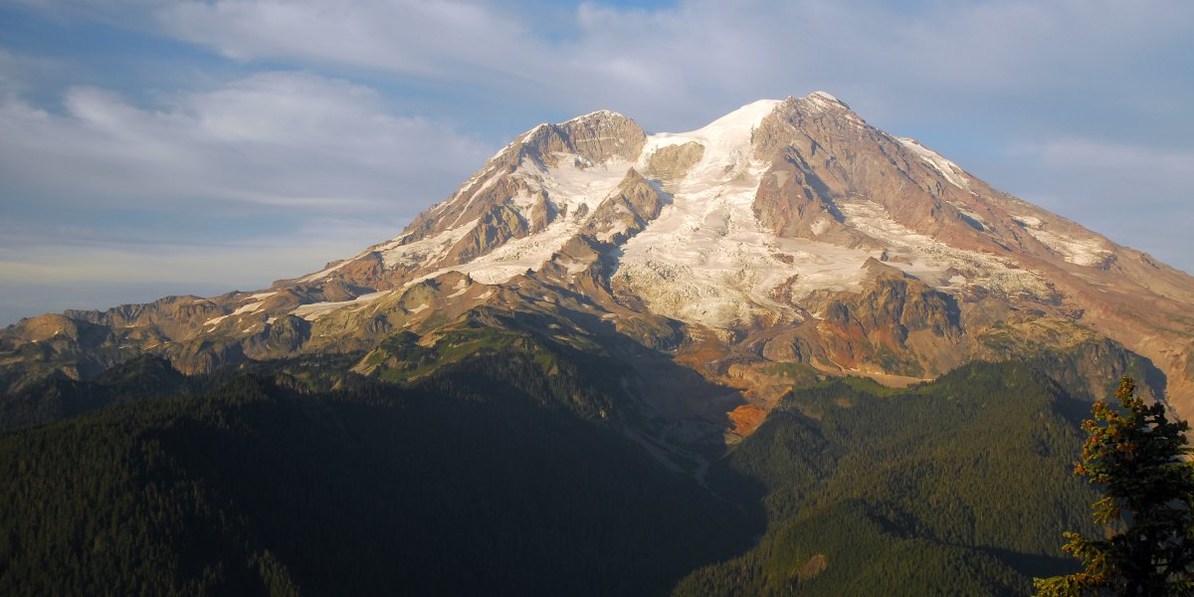
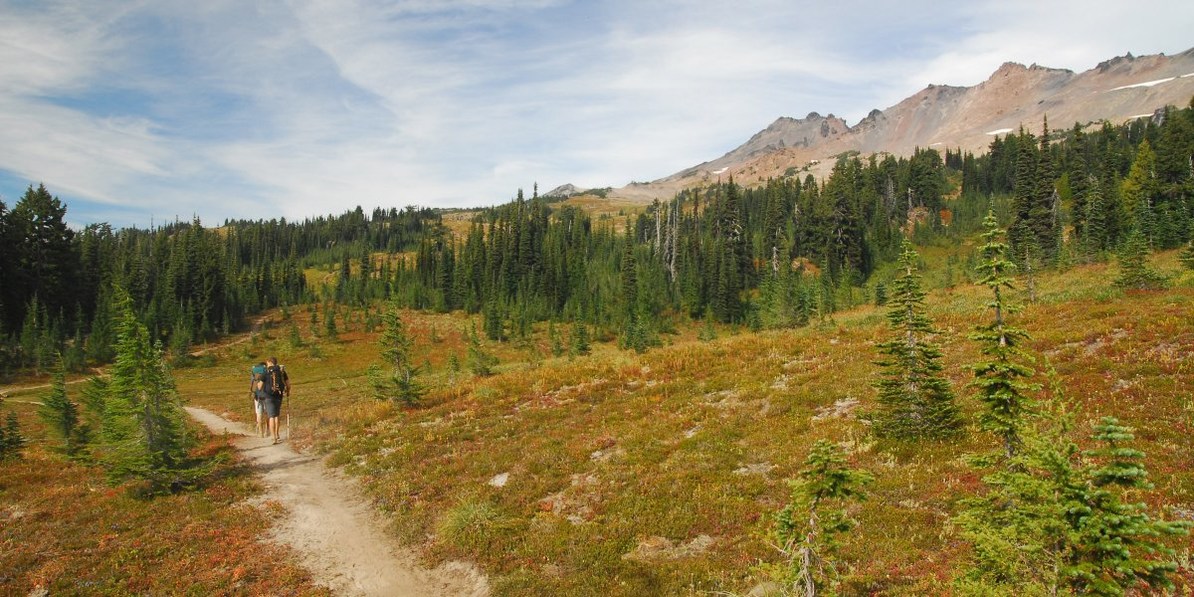











Comments
Sign In and share them.